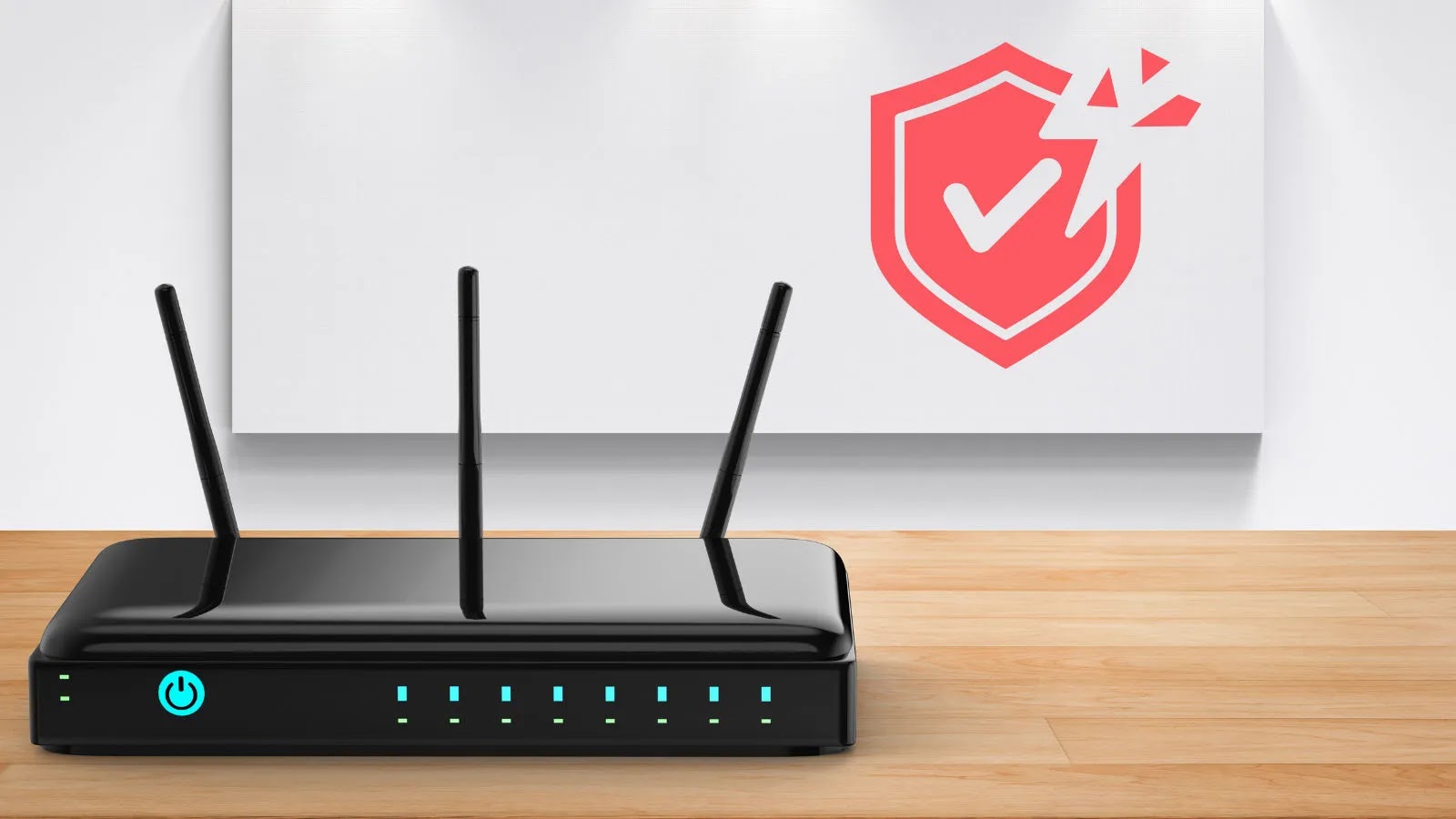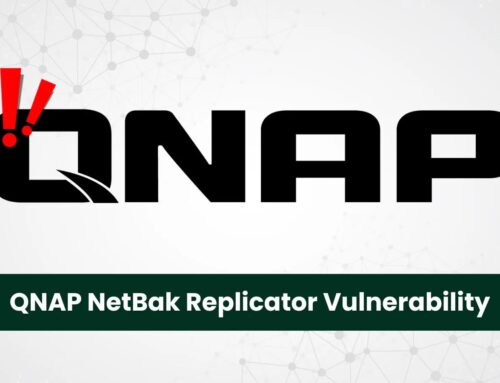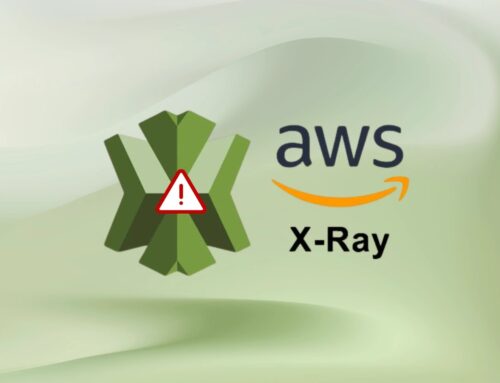
DrayOS Routers Vulnerability Let Attackers Execute Malicious Code Remotely
Urgent Warning: Critical Vulnerability in DrayOS Routers Exposes Networks to Remote Code Execution
Network security is paramount, and a recently disclosed critical vulnerability in DrayTek’s widely used DrayOS routers underscores this reality with alarming clarity. This flaw, discovered in a broad range of Vigor router models, presents a severe risk, potentially allowing unauthenticated remote attackers to execute malicious code. For system administrators and IT professionals, understanding and addressing this threat immediately is not just advisable, it’s essential for maintaining network integrity and protecting sensitive data.
Understanding CVE-2025-10547: The Core of the DrayOS Threat
The vulnerability, officially tracked as CVE-2025-10547, significantly impacts the security posture of numerous DrayTek Vigor routers. Classified as a critical flaw, it enables attackers to perform unauthorized actions without needing any prior authentication. This means that a malicious actor, located anywhere with network access to the router, could potentially take control of the device and execute arbitrary code. Such a compromise could lead to a variety of devastating consequences, including:
- Data exfiltration of sensitive network information.
- Establishment of persistent backdoors for future attacks.
- Disruption of network services.
- Use of the compromised router as a pivot point for further internal network exploitation.
DrayTek officially acknowledged this issue in security advisory DSA-2025-005, released on October 2, 2025, urging all affected users to take immediate action.
Affected DrayTek Vigor Router Models
While the exact list of all affected models may vary and evolve, DrayTek’s advisory highlights that a wide range of Vigor router models running older versions of DrayOS are susceptible. It is imperative for administrators of any DrayTek Vigor router to consult the official DrayTek security advisory (DSA-2025-005) for a comprehensive list of all impacted devices and the specific firmware versions requiring updates. This proactive verification is the first step in safeguarding your network.
The Gravity of Unauthenticated Remote Code Execution (RCE)
Remote Code Execution (RCE) vulnerabilities are among the most severe threats in cybersecurity. When RCE can be achieved without authentication, the risk escalates dramatically. This allows an attacker to bypass typical security checks and execute commands directly on the vulnerable device. In the context of a router, which serves as the gateway to your network, an RCE vulnerability can effectively hand over control of your entire network infrastructure to an attacker. This level of access enables them to:
- Manipulate network traffic.
- Monitor network activity.
- Directly access internal resources.
- Launch further attacks against connected devices.
Given the central role routers play in network communications, exploiting CVE-2025-10547 could have catastrophic implications for business continuity and data security.
Remediation Actions: Securing Your DrayTek Router
Immediate action is required to mitigate the risk posed by CVE-2025-10547. The primary and most effective remediation is to update your DrayOS firmware.
Step-by-step guidance for administrators:
- Identify Your Router Model and Current Firmware Version: Log in to your DrayTek Vigor router’s web interface and navigate to the System Information or Status page to confirm your model and current firmware.
- Consult the Official DrayTek Advisory: Visit the official DrayTek website and locate security advisory DSA-2025-005. This document will list the specific firmware versions that address this vulnerability for each affected router model.
- Download the Latest Secure Firmware: Download the correct and digitally signed firmware update for your specific router model directly from the official DrayTek support portal. Avoid third-party download sites.
- Backup Your Configuration: Before proceeding with any firmware update, always back up your current router configuration. This will allow for quick restoration if any issues arise during the update process.
- Apply the Firmware Update: Follow DrayTek’s instructions carefully for updating your router’s firmware. This usually involves navigating to a “Firmware Upgrade” section within the web interface. Ensure the update process is not interrupted.
- Verify the Update: After the update is complete and the router reboots, log in again and verify that the firmware version has been successfully updated to the secure version.
- Review Router Configurations: Post-update, it’s good practice to review your router’s critical security settings, such as firewall rules, remote access configurations, and user accounts, to ensure they remain as intended.
In cases where an immediate firmware update is not feasible, consider implementing temporary compensating controls:
- Restrict Remote Access: If remote management is not strictly necessary, disable it. If it is required, limit remote access to the router’s administration interface to trusted IP addresses only.
- Isolate and Monitor: Place vulnerable devices on isolated network segments and implement strict monitoring for any unusual activity originating from or targeting the router.
Tools for Network Security and Device Management
While direct patching is the primary solution, various security tools can assist in maintaining overall network integrity and detecting potential compromises.
| Tool Name | Purpose | Link |
|---|---|---|
| Nmap (Network Mapper) | Network discovery and security auditing. Can help identify open ports and services on routers. | https://nmap.org/ |
| OpenVAS / Greenbone Vulnerability Management | Vulnerability scanning solution to identify known vulnerabilities in network devices. | https://www.greenbone.net/ |
| Wireshark | Network protocol analyzer for deep inspection of network traffic to detect anomalies. | https://www.wireshark.org/ |
| Fimware-Mod-Kit | For advanced users to extract and analyze router firmware (use with caution and expertise). | https://github.com/rampageX/firmware-mod-kit |
Conclusion: Prioritizing Network Security Updates
The discovery of CVE-2025-10547 in DrayOS routers serves as a stark reminder of the continuous need for vigilance in network security. Unauthenticated remote code execution is a critical threat that demands immediate attention. System administrators must prioritize the application of security updates as recommended by DrayTek to safeguard their networks against potential compromises. Proactive patching, combined with robust security practices and continuous monitoring, forms the cornerstone of a resilient and secure network infrastructure.





